11 Safety Tips for Open Water Swimming
Supported by ZONE3.
My name is Mark Fleming - Open Water Coach and Aqua Fitness Instructor. I'm here for Wetsuit Outlet and ZONE to talk you through my 11 Safety Tips for Open Water Swimming.
Research the swim spot
Swimming in open water can be dangerous with rip tides, fast moving currents, and hazards above (and below) the surface. If you’re headed to the coast, it’s always worth checking the tide times and a local swell forecast to avoid dangerous waters. We also recommend choosing a lifeguarded beach if possible, but this is only applicable during the months of May to September.

It’s good to always know where you can enter and exit the water (especially important along river banks), if there are any hazards such as sharp rocks or debris below the surface, and how to spot rip currents.
In short, don’t try to swim against it. If you are caught in a rip, swim parallel to shore until you are out of the current and then head inland.
Avoid swimming alone
Of course you can’t always swim with a buddy, especially if you’re training for a long distance race, but it’s always best to swim in a group or at least have someone with you on the shore. When swimming with a friend, one of you can call for help if the other gets into difficulty and you will also be easier to spot in areas of heavy boat traffic.
Check the tide times
As we’ve already touched on, it’s good practice to check the tide times before swimming in the sea (and even some rivers). The landscape and conditions can change drastically between low and high tides. It’s always best to research the beach and ask any local dippers about the best times to swim, in the same way a surfer would scout out the beach carpark for a bit more info on a new spot.
Check the water temperature
It’s really important to check the water temp if you're looking to swim through the months of November to February here on UK shores. The cold water can be incredibly invigorating, but things can go south pretty quick when swimming in winter.

It’s vital to also warm up gradually to avoid ‘afterdrop’ and feel great after your swim. Remove your wet layers, dry off and put dry clothes on starting from the top down.
Wear the right equipment for the conditions
it’s well worth investing in the right gear to get you there. This will inevitably improve your swimming technique, allow you to be submerged for longer, and stay safe when out in deeper waters.
It’s good to also keep an eye on the weather forecast, as this will influence what you wear - a woolly jumper or rain coat, a wetsuit or swimsuit, a changing robe or poncho towel. If you’re swimming in warmer climes, then heat exhaustion and sun exposure are very real dangers in open water.
Invest in a tow float
For larger bodies of water and open ocean, a tow float or safety buoy is an essential piece of kit. Their main objective is to simply increase visibility when out in the water.
We have a wide range of ZONE3 tow floats available, from their Swim 28L Dry Bag Tow Float to the Recycled 2 LED Light 28L Backpack Swim Safety Buoy. For beginners, the ZONE3 28L Swim Safety Buoy is a good starting point - Available in both Pink and Orange.
Wear a brightly coloured swim cap
This might seem trivial, but a brightly coloured swim cap is another easy (and affordable) way to improve visibility when swimming in open water. No, it’s not going to help you see further, but it will make a massive difference for other swimmers, surfers, paddle boarders or even boats. Pink, green, yellow, or orange are a safe bet. Literally.
Enter the water slowly
When entering cold water, it’s imperative that you let your body acclimatise. This is to avoid going into shock, with symptoms including coughing, chest pain, troubled breathing, tiredness, and vertigo.
In short, don’t dive in. Stay calm, don’t panic, and slowly drop yourself into the water. You’ll feel the cold most around your chest and head, so it’s best to squat down in shallow waters before committing to the prone position. Remaining calm when entering the sea also helps to minimise disruptions to the surrounding marine life. It’s their home after all.
Bring warm clothes and a change robe
Always double check your bag. A pair of woollen socks, gloves, beanie, and changing robe can make a serious difference. We recommended choosing clothes and footwear with simple straps, so no tricky laces or leggings.
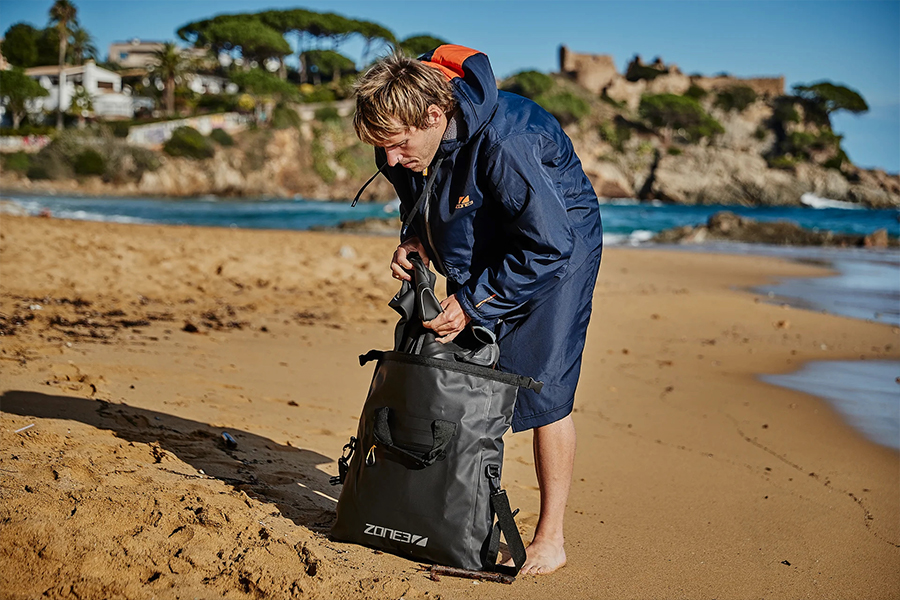
Layering is your friend. You can start to build up layers once you’ve left the water, but a changing robe will make the world of difference before and after your swim.
Know your limits
This is another one taken straight from the RNLI’s own list of safety tips for open water swimming. It applies to swimming out at sea, river dips in colder weather, competitive swims, and everything in between. If in doubt, don’t go out.
Call 999 or 112 and ask for the coastguard in an emergency
Open water safety should be your first priority, whether you’re a seasoned pro or complete beginner. If you follow the 10 tips above, you’ll be able to safely enjoy the mental and physical benefits of open water swimming. But if something does go wrong or you see someone else in trouble - Call 999 or 112 and ask for the coastguard.
Need some more info about open water swimming?
Check out our other posts in collaboration with ZONE3…
Wetsuit size guide: How should a swim wetsuit fit?
How to be a More Eco-Consious Wild Swimmer
What do you Wear Under a Swim Wetsuit?
ZONE3 wetsuit review
-
Shop the full ZONE3 range - HERE
Shop the full ZONE3 wetsuit range - HERE
Updated on 4th March 2024
Originally published on 28th February 2024 in Swimming











































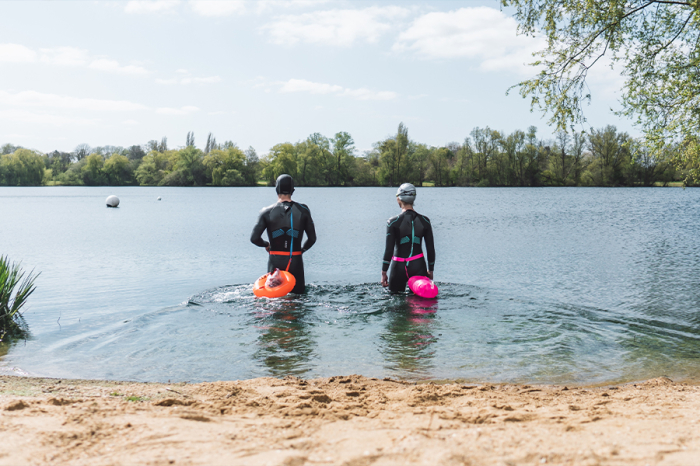





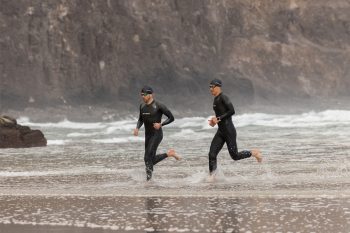




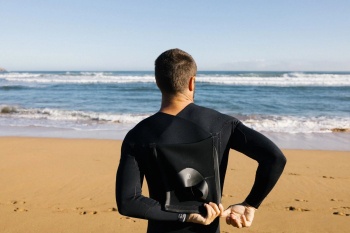
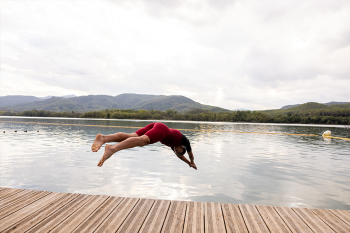

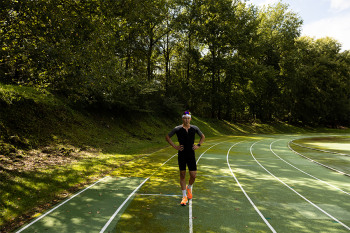

 Visit the US site
Visit the US site  Continue to AT
Continue to AT